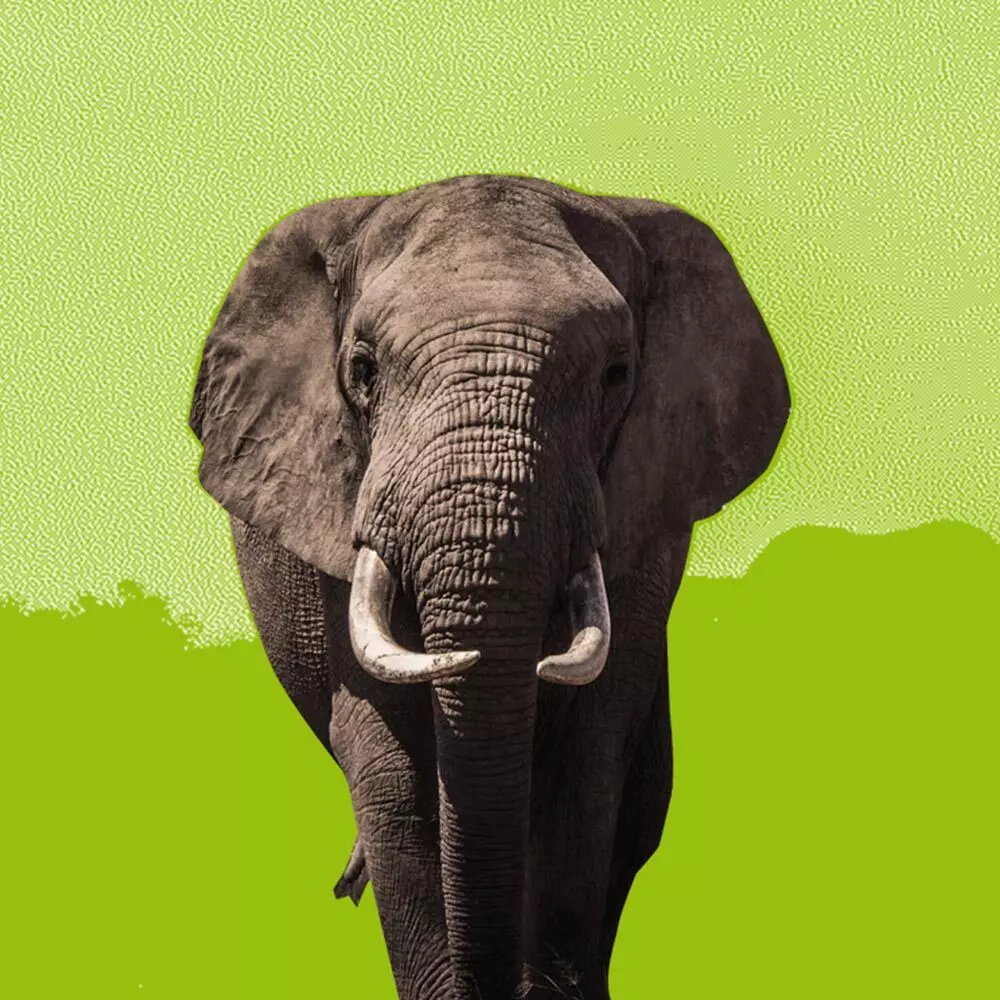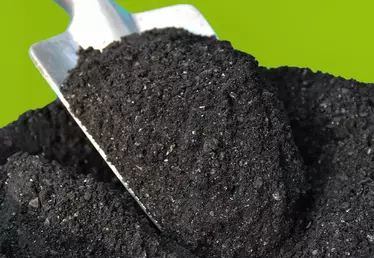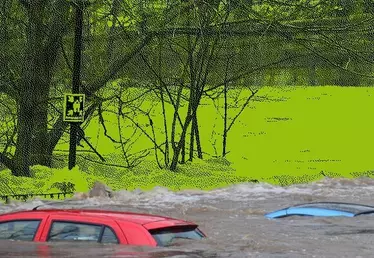

Hero banner custom title
From elephant dung to paper: an unusual alternative to deforestation
3 min
Harvested and processed, adult elephant droppings can be used to make high quality paper. A recycling experiment being conducted in Africa, Asia and France.
Did you know it’s possible to make paper from elephant dung? This non-ruminant herbivore consumes an average of 200 to 250 kg of food a day, mostly in the form of plants and fruit.

It produces 50 kg of dung, which once treated, will in its turn produce 115 sheets of paper.
The process is very simple. These pachyderms don’t digest the cellulose in the plants they ingest. The cellulose, which is a fibrous material, is recovered, washed, boiled for 4 hours, dried and then treated in the same way as conventional wood pulp. The end product is paper that is completely natural, odorless and free of bacteria.
We already knew that elephant dung was a powerful mosquito repellent. Now we also know it is an unusual way of making paper... without cutting down trees!
From Kenya
In Kenya in 1994 a local entrepreneur, John Matano, came up with the idea of recovering elephant dung and turning it into paper. Ten years later, the pilot project resulted in the first sheaves of paper being sold. Today, his company - Nampath Paper - employs 42 people. And 17 sites are now developing this industrial activity in Kenya.
The land of "harvest" is the Mwaluganje sanctuary, south of Mombasa. Established in 1993 to serve as a migration corridor for animals travelling between the Shimba Hills and Forest Mwaluganje reserves, it also helps 200 local farmers.
Under the auspices of the Kenya Wildlife Service, the US Agency for International Development (USAID) and the British Born Free Foundation, this sanctuary chose to massively involve the local population. Its creation has helped pacify relations between local people and elephants. The initiative promotes elephant protection as well as providing an alternative source of income for the people who collect the dung. And finally, it effectively combats illegal deforestation.
In Asia and in France
Similar initiatives are flourishing in Asia, the other land of elephants. In northern Thailand, near Chang Mai, Elephant Poopoopaper Park is a vast ecological park that demonstrates its commitment to the environment by also making paper from elephant dung.
Chlorine-free and dyed with non-chemical pigments, the 100% natural paper made on the site helps local people, and in particular the women.
In France, in the Aude, the Moulin de Brousses, the last paper mill in Languedoc, also makes paper from… elephant dung. Its gets its raw material from the Sigean African Reserve - just next door!
True, the amounts of dung harvested and paper made are minimal, but the initiative raises awareness about the risks of illegal logging and about the cause of elephants too.
Photo credits : © Poopoopaper











